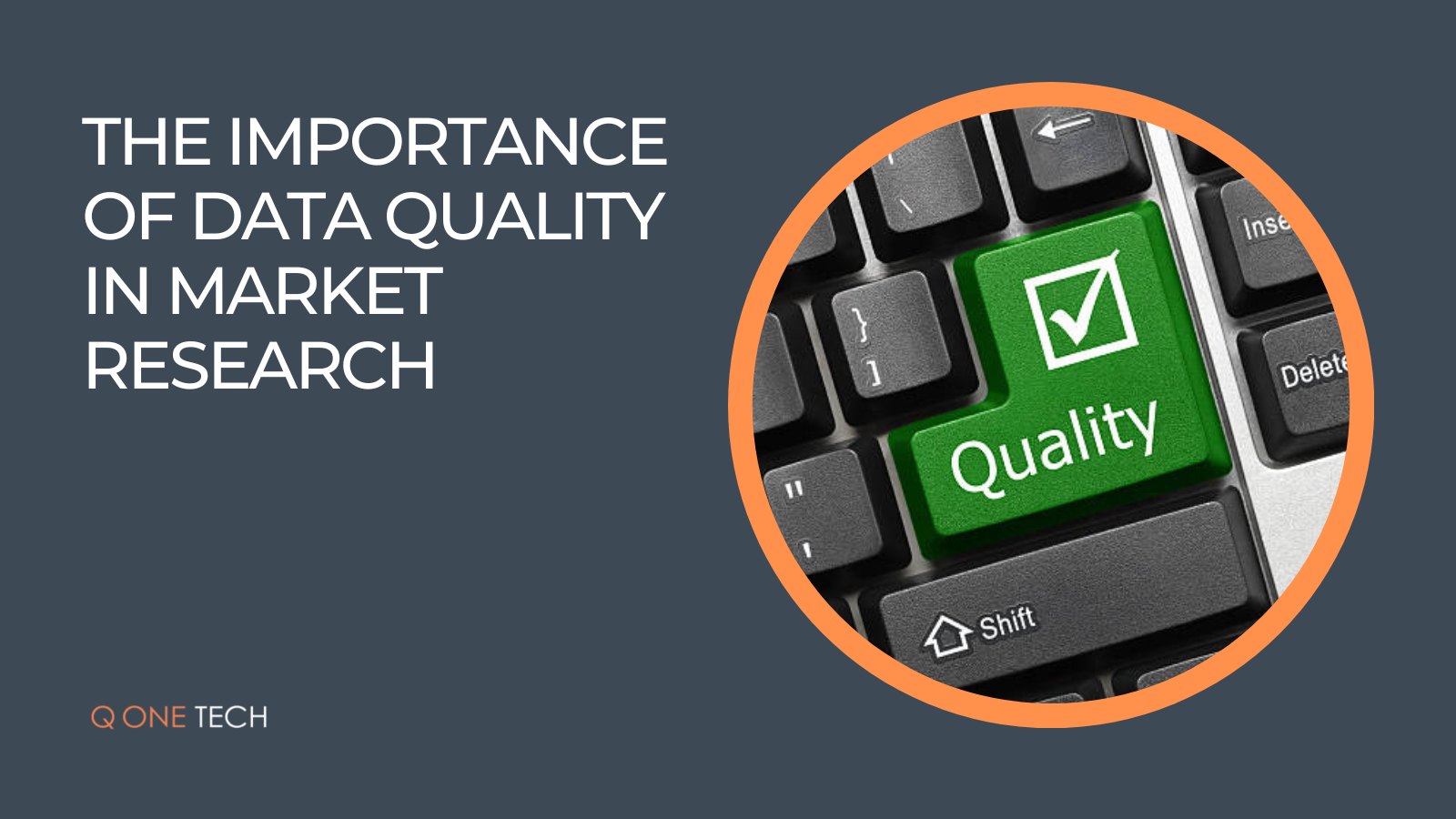Survey and audience data quality in market research has always been crucial, and it’s even more so now. Audience sizes and sample groups, particularly in healthcare, are not increasing in size, making it essential to focus on data quality. This can be assessed based on various factors such as accuracy, completeness, consistency, and representativeness of the collected and analyzed data. In the last decade, I have helped clients ensure high-quality data in market research with six considerations, helping them make informed decisions based on trustworthy data.
Section 1: Standardizing Survey Questionnaires and Validation Checks
Standardizing survey questionnaires and validation checks. Create a surveys with clear and specific questions to avoid any ambiguity. You also provide well-defined response options to ensure that the respondents can accurately convey their level of satisfaction. Use audience historical data and screener survey to ensure that all the questions are answered and that the data is accurate.
Section 2: Regular Data Refreshes and Updates
Regular data refreshes and updates. By scheduling regular refreshes or updates, to ensure your audience data is relevant up-to-date, and accurate. Example of these alternative data – geo, transactional , crowd source, survey data, medical conditions, salary, medical conditions and disease, purchasing habits etc. If you have a panel management system, look for one with dynamic profiling automation and an easy solution to import survey data to keep records fresh and updated.
Section 3: Structuring Data Effectively
Structuring your data effectively. Data management is an essential part of maintaining high-quality data in market research. Data structures and formats used to store, organize, and analyze the data, marketers can ensure that their data is structured effectively. This is most commonly done in traditional format such as Excel, CRM (which has many limitations) or a sophisticated panel management software built for researchers.
Section 4: Ensuring Data Validity and Reliability
Ensuring Data Validity and Reliability. To ensure data validity, use established research methods and collect data from multiple sources to verify the findings. For example, studying the impact of a new medication on patient health can use patient self-reports and clinical records to triangulate findings. To ensure data reliability, use multiple data collection methods or data collectors and compare the results for consistency. For instance, collecting customer satisfaction data for a new product can use a hybrid of qual and quant methodology to compare the results for reliability.
Section 5: Ensuring Data Representativeness and Completeness
Regularly refreshing your existing data and adding new customers to your panel can help ensure data completeness and representation. Data cleaning techniques can be used to identify and remove missing or invalid data points, and imputation techniques can be used to estimate missing data. A sophisticated panel management system with built-in machine learning and automation can also help keep your data up-to-date and scheduled on a regular cadence.
Section 6: Ensuring Data Transparency and Compliance
Compliance with regulations such as GDPR, HIPAA, and CCPA is critical to maintain trustworthy and transparent data for research and decision-making purposes. Clear documentation of data sources and methods is essential. If audited, you as a panel and recruitment agency can provide detailed information on data sources such as medical records and patient surveys, and how the data was analyzed. Making this information available to your clients, regulators and researchers helps to ensure transparent, trustworthy, and compliant data.
Conclusion
In conclusion, maintaining high-quality data in market research is essential for marketing and brand strategists. I hope to have provided you with some basic practices to ensure data accuracy, completeness, consistency, and representativeness, so you can make better-informed decisions based on trustworthy data. By following these best practices for data quality, marketers can ensure that their data is accurate, complete, consistent, and representative, and they can make better-informed decisions based on trustworthy data.





